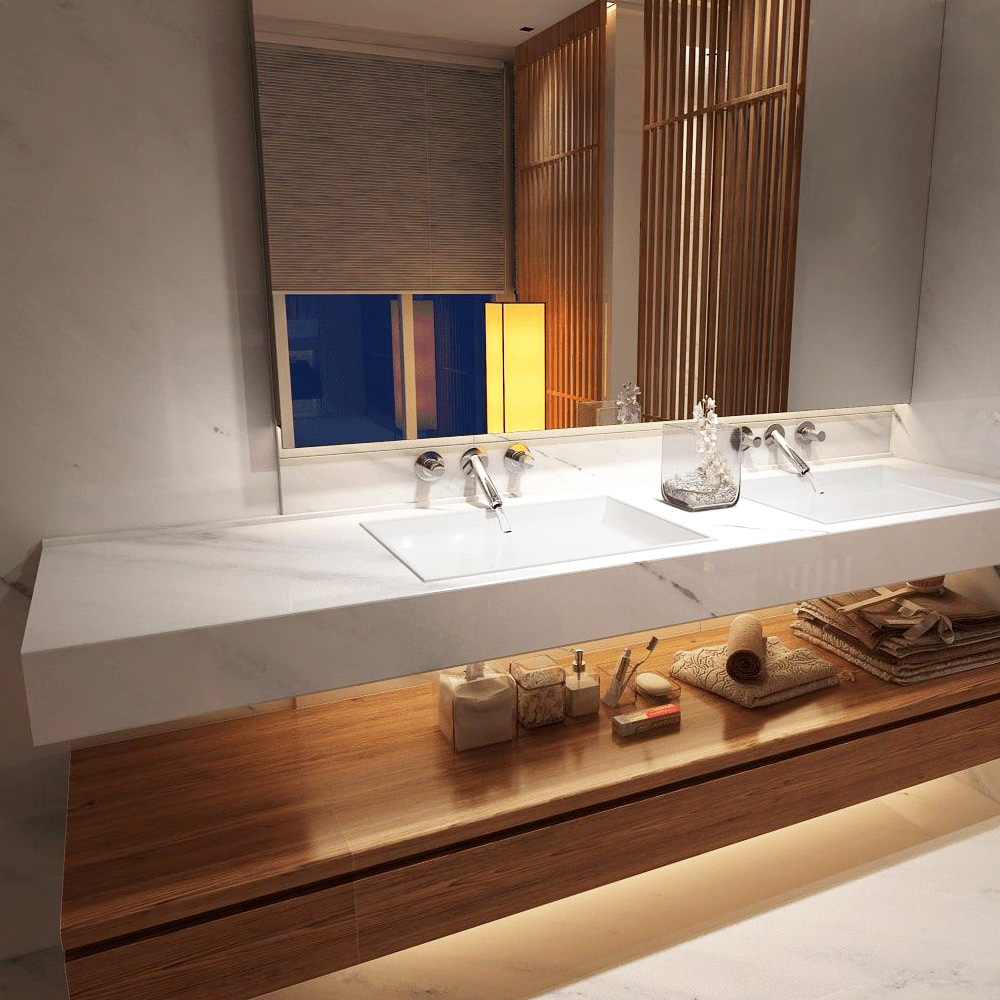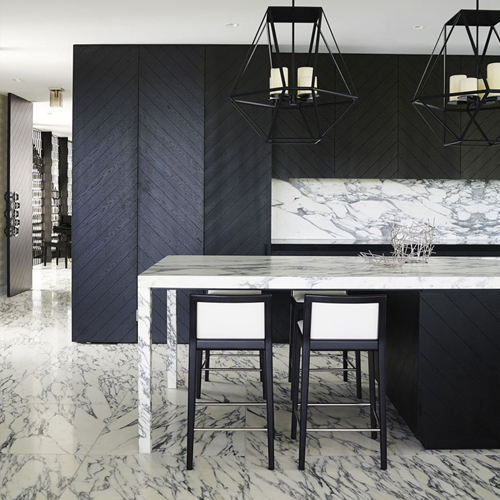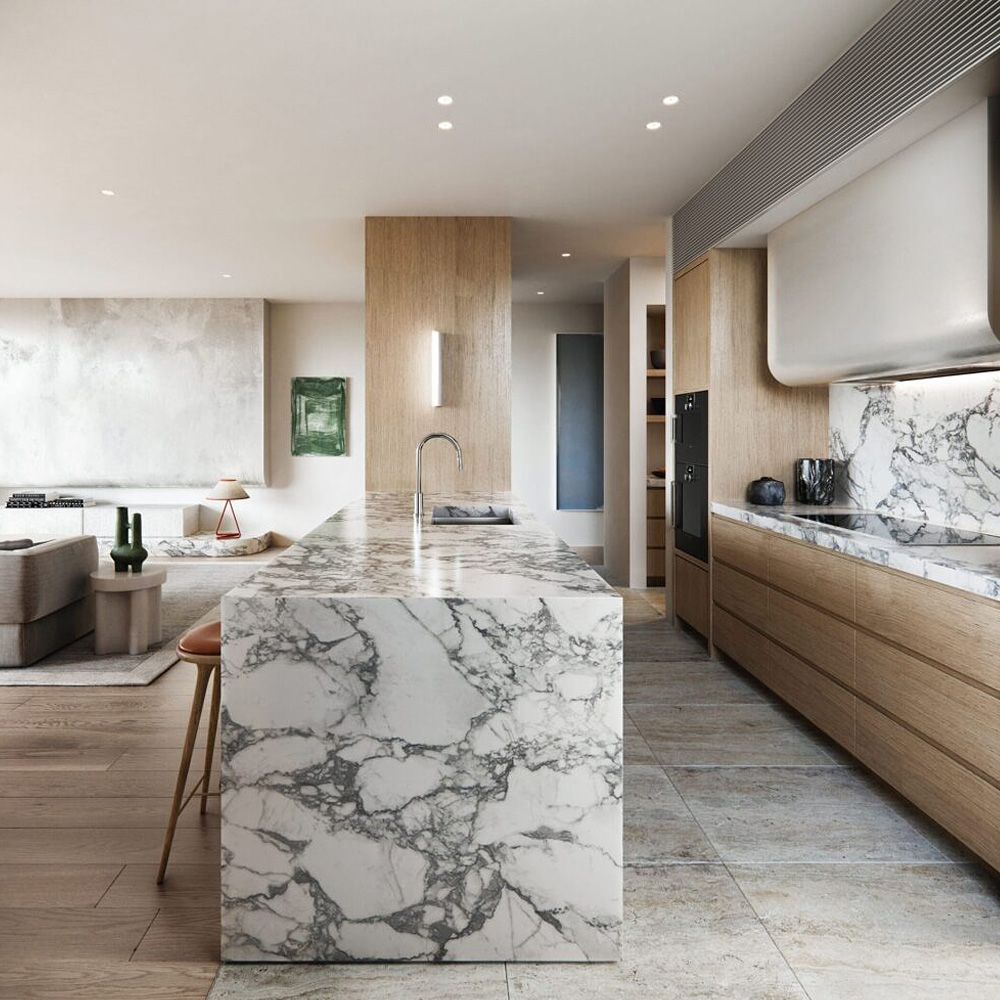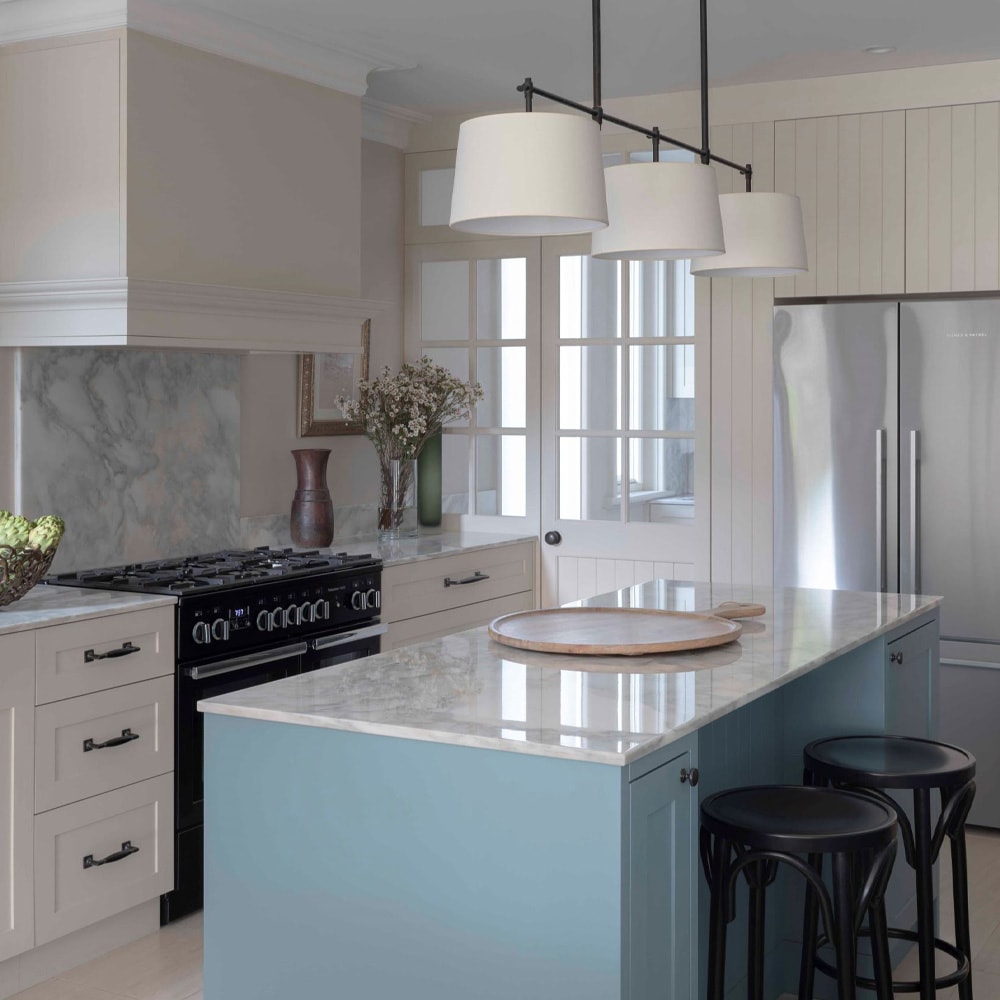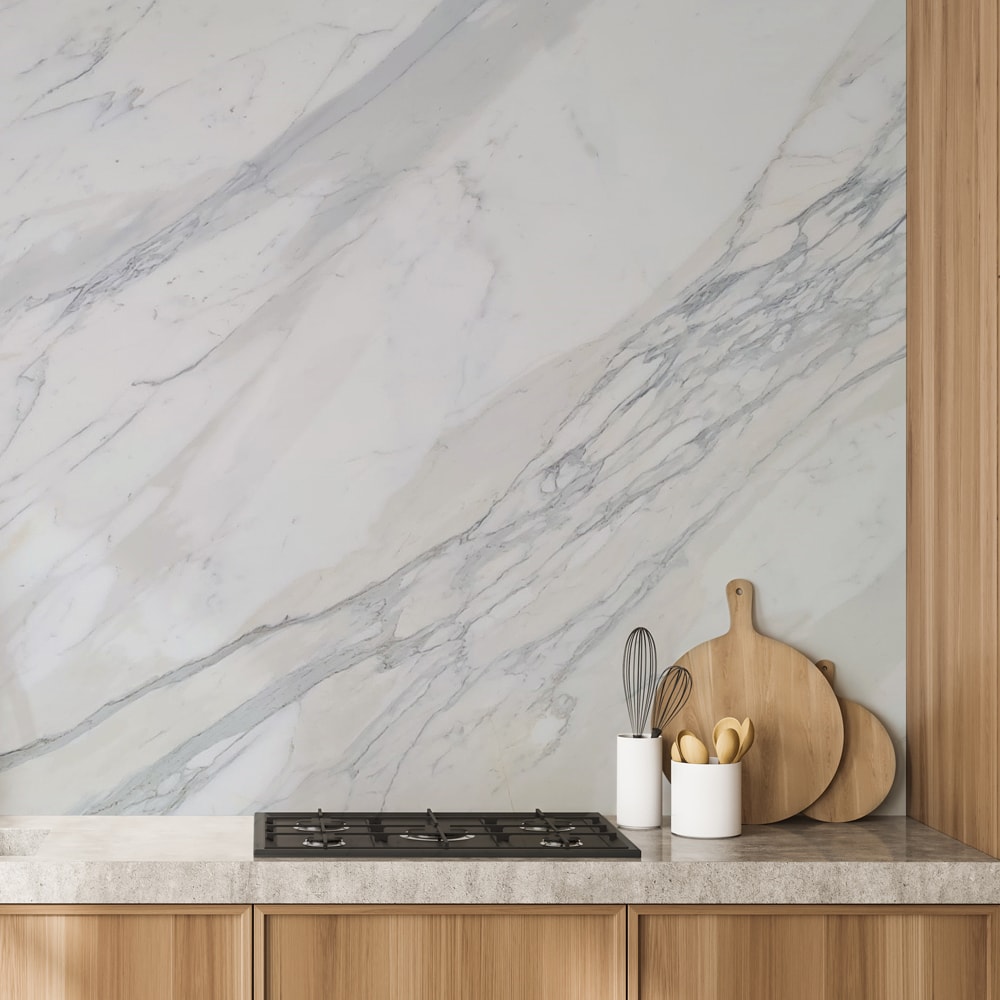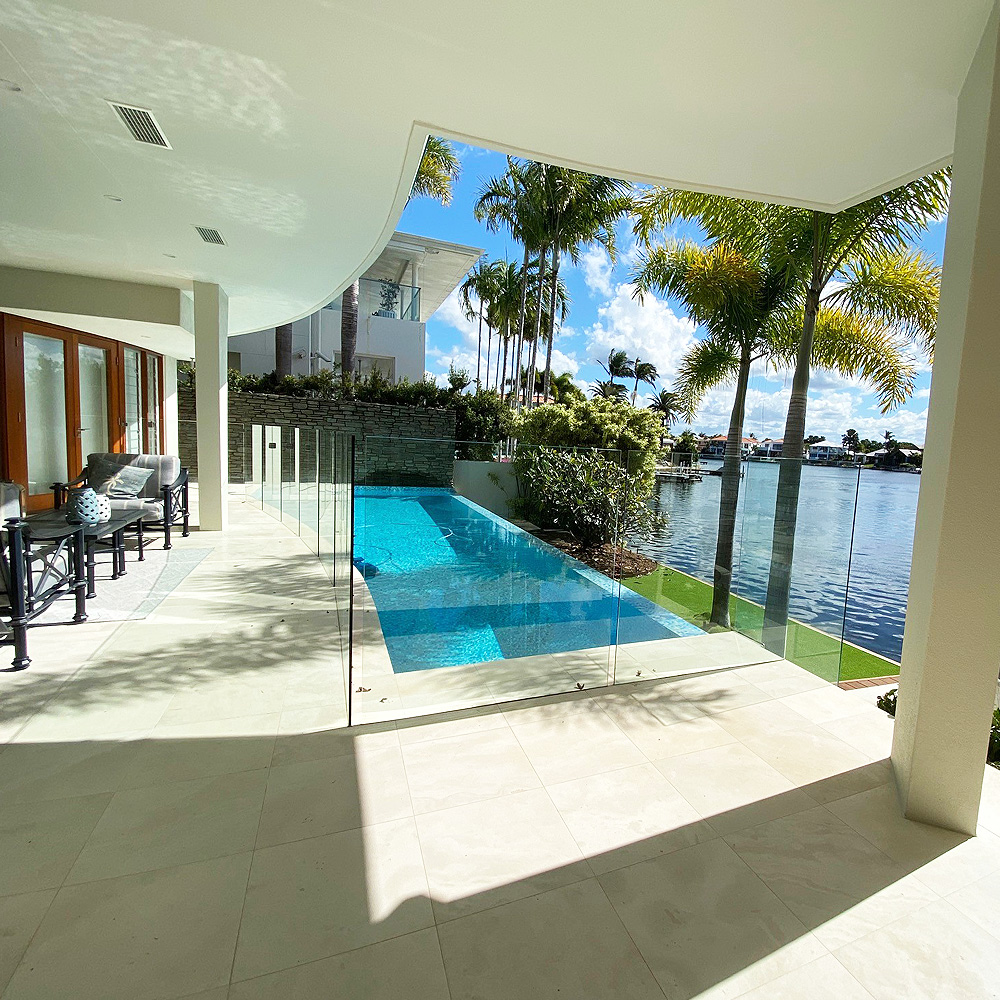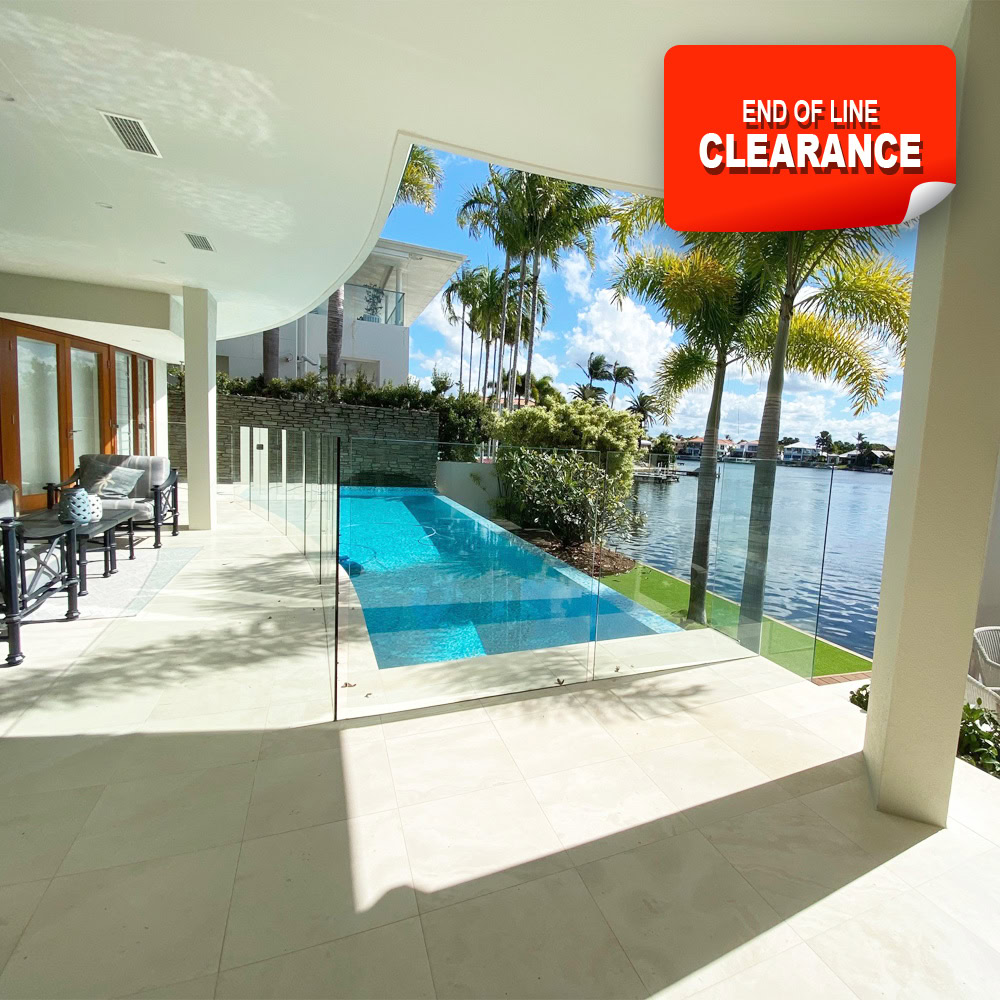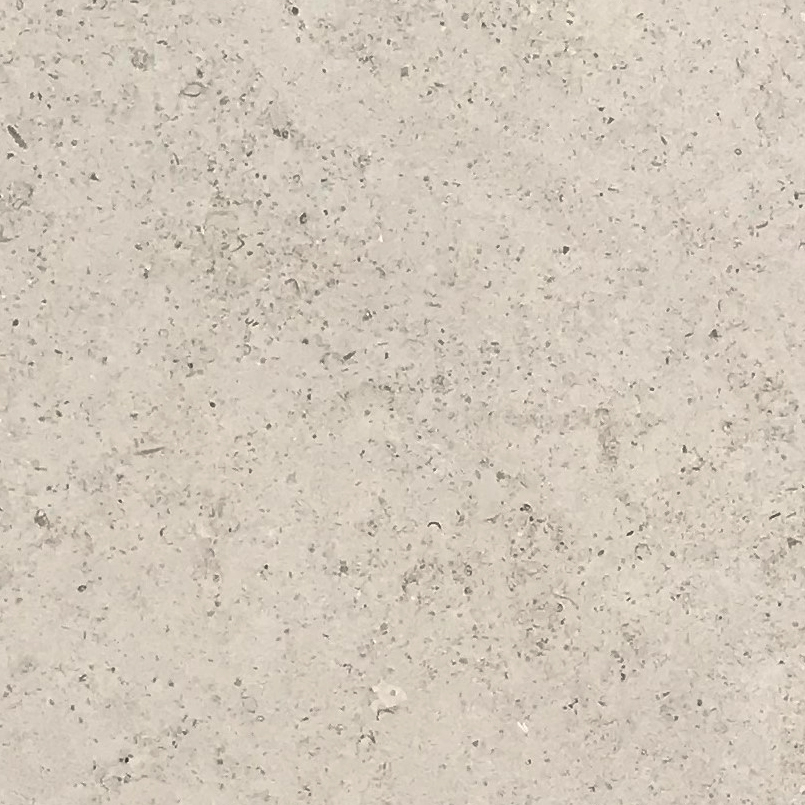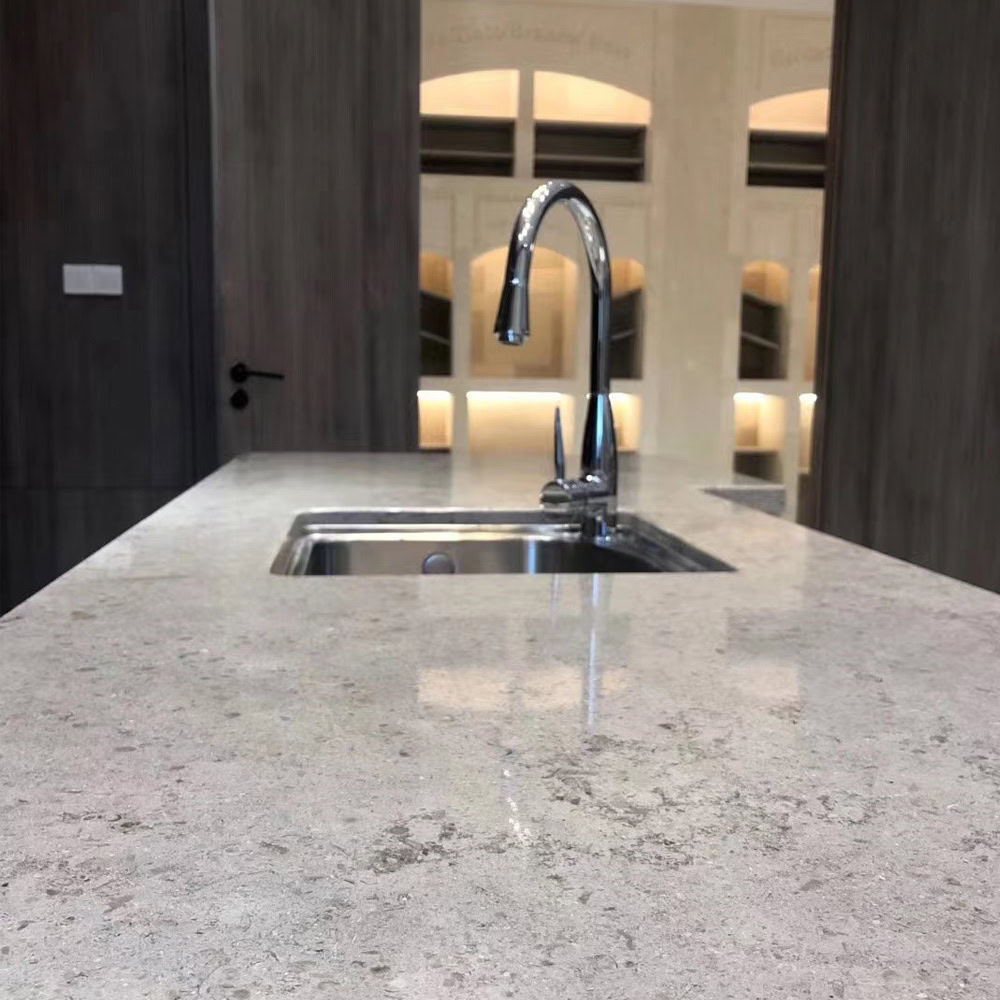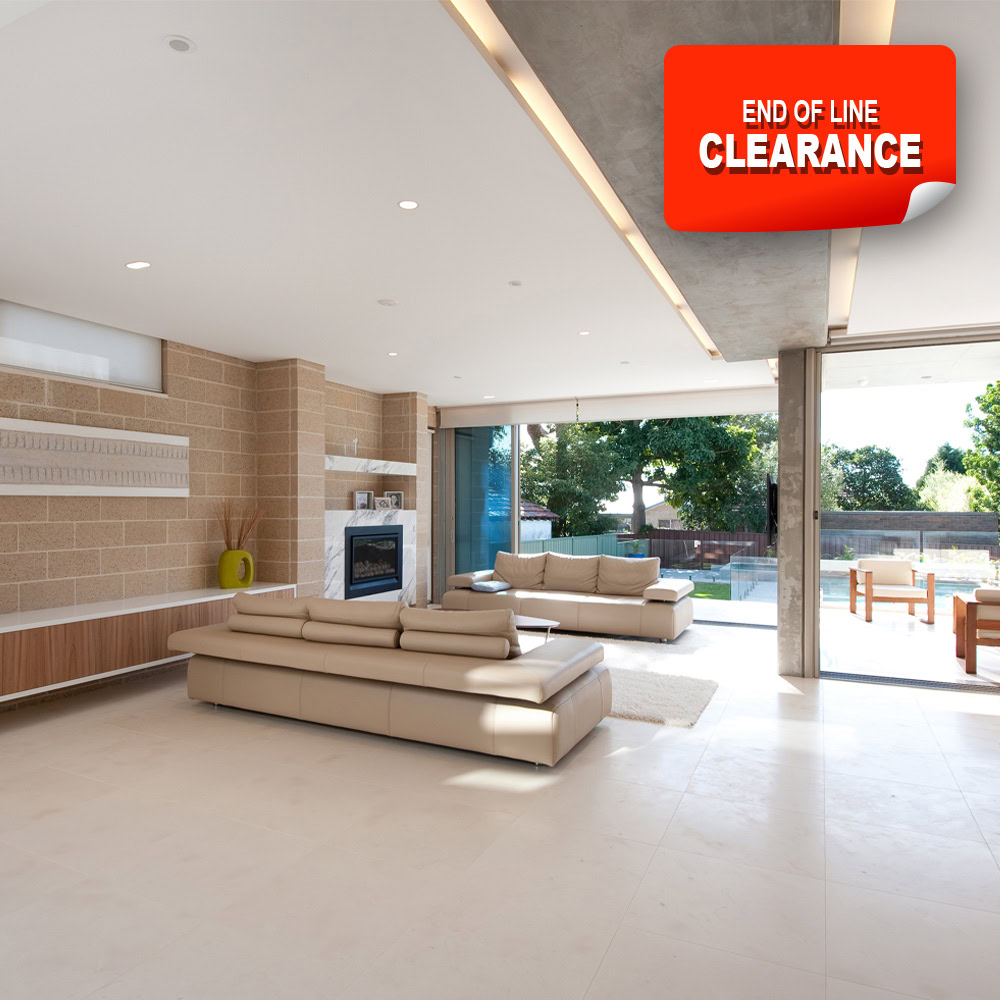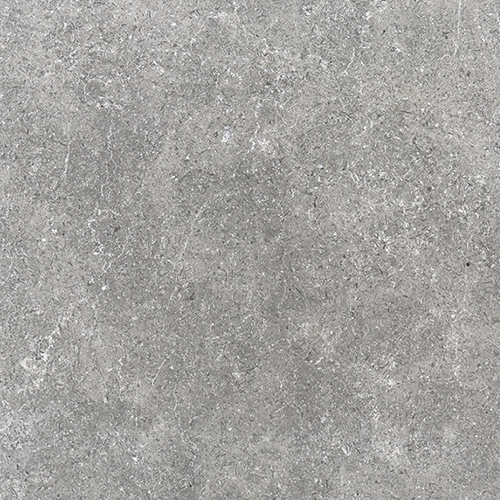Limestone versus Marble: The Differences of Natural Stones
When it comes to natural stone, there are two popular choices: limestone and marble. Both have unique benefits that make them ideal for different applications. So, how do you choose between the two?
Cost: Limestone versus Marble
Let’s be honest, cost comparison is probably your first question. Although both marbles and limestones can vary in cost, you will typically find that limestone is cheaper. Marbles can range quite dramatically in costs, solely depending on colouring and veining.
Looks: Limestone versus Marble
When looking at a limestone, it is easy to see the fossils running throughout the material. They typically are organic colours such as browns, tans, and greys. Since a marble has been through more pressure and heat than a limestone has, they come in a wider variety of colours, and the fossils are no longer visible.
Geological Make-up: Limestone versus Marble
If you are looking at limestone versus marble from a geological view, limestone is essentially a young marble. When certain amounts of heat and pressure are applied to a limestone, it starts to form into a marble. A combination of recrystallization and mineral deposits give the marble a bit more character than limestone by adding distinctive veining and grain.
Density and Durability: Limestone versus Marble
Since limestone is a young marble, it is a bit softer and more porous than most marble. This is due to the extra heat and pressure that marble has been through, making it slightly denser than limestone. Although we recommend sealing all natural stone benchtops, marble is naturally a bit less susceptible to staining than limestone.
If you are wanting the densest natural stone product that you can get for your kitchen benchtop or bathroom vanity, granite would be your answer. However, a lot of people prefer the look of limestones and marbles. As long as you are sealing your material and getting it honed back every 5 years or so – there is no reason why you cannot have the look you want.
Acid Etching: Limestone versus Marble
Lemon, vinegar, wine, tomato juice, and anything acidic in natural will etch your marble or limestone benchtop. There is no amount of sealing that can prevent that. However, that is not to say that your benchtop is ruined just because you spill a bit of lemon. In fact – your guests often will not notice bits of etching, especially on a honed material. Simply have the stone mason who installs your benchtop to come back every 3-5 years to re-hone and re-seal your material. The cost of this maintenance is minimal and keeps your natural stone looking fabulous. Although marble won’t stain as easily as limestone, both will undoubtedly etch.
Final Verdict: Limestone versus Marble
Talk to your local stone supplier and get advice on the product you like the look of best. All natural stone takes a bit of maintenance – but it is worth it! It is a statement and a piece of art for your home that you get to utilize for entertaining and creating memories. Stone adds value and character to your home. The difference between limestone and marble is minimal, so pick the stone you like the look and feel of best.
Curious to know more about limestone versus marble slabs and tiles? Give us a call and one of our highly knowledgeable team members can assist you with more information.
Call the natural stone experts: (02) 936 9677

